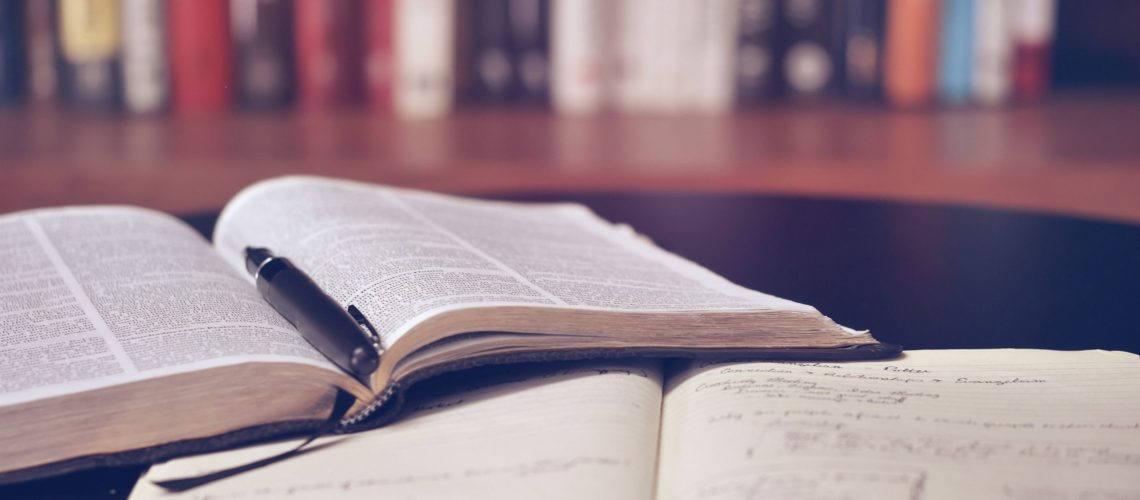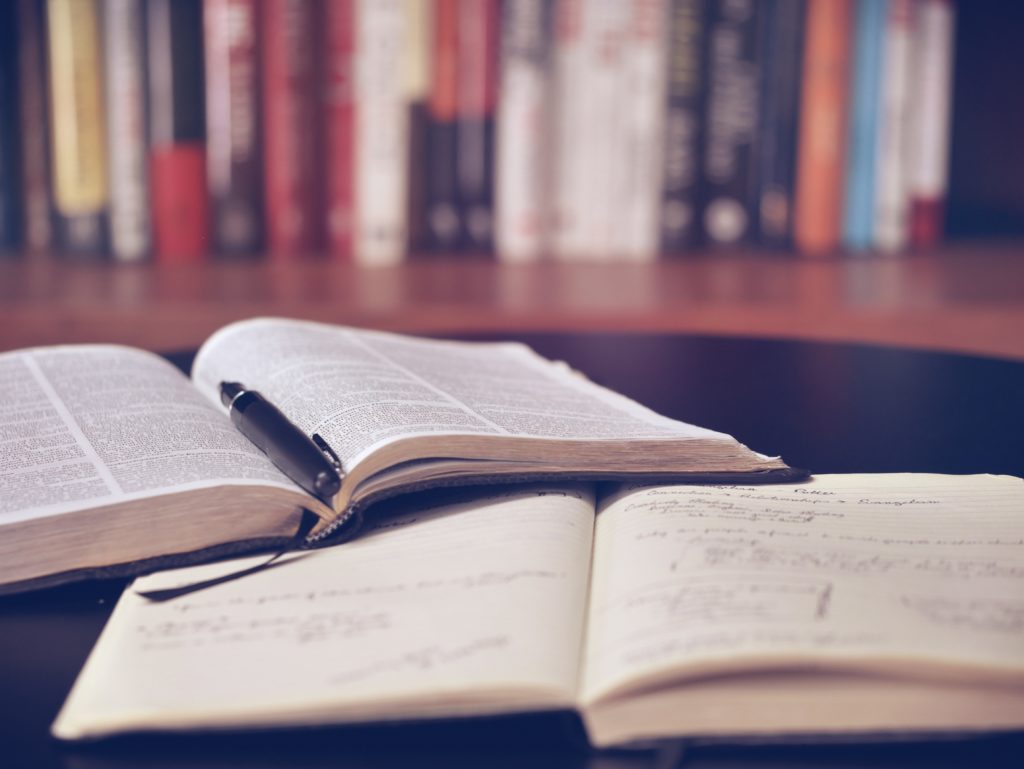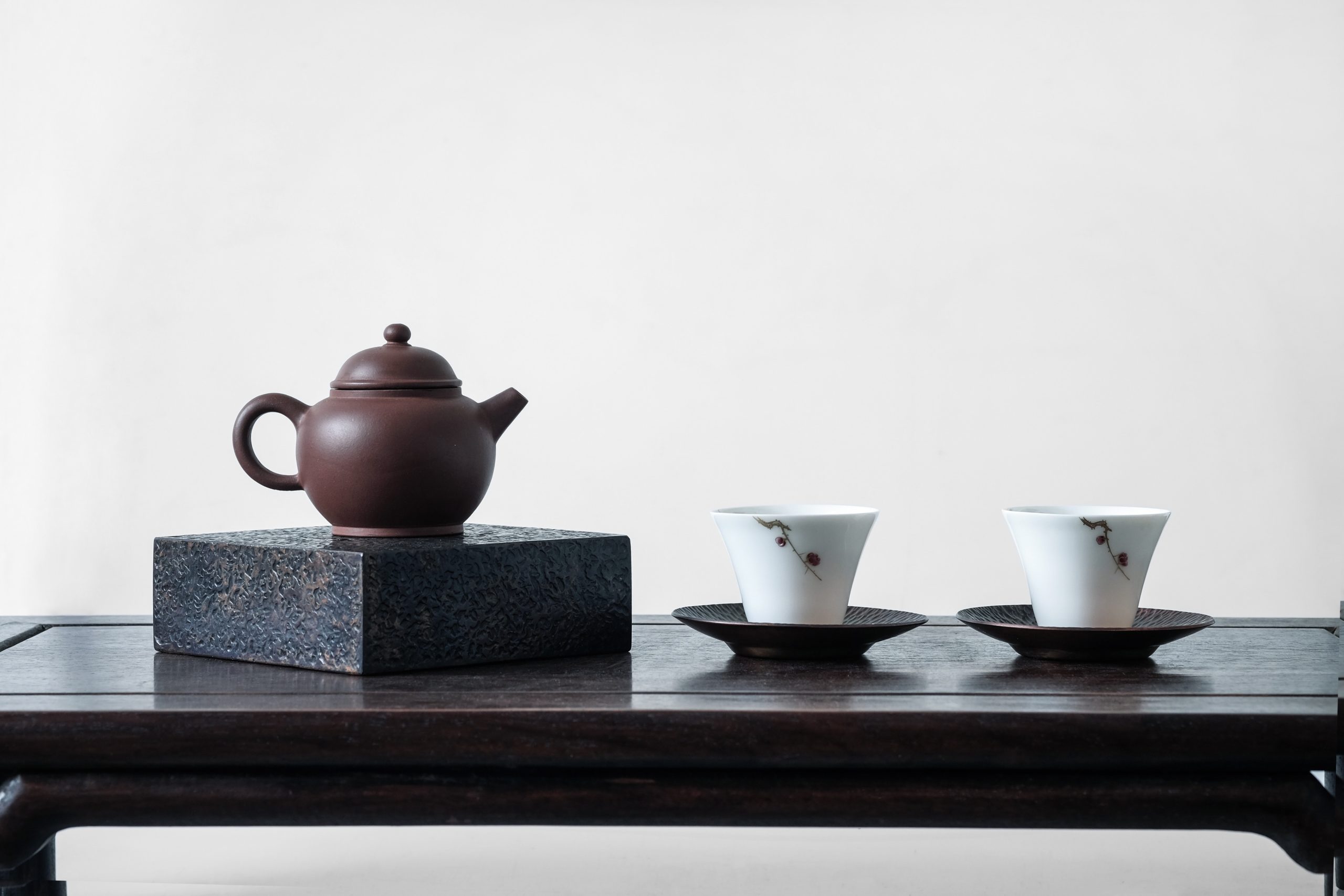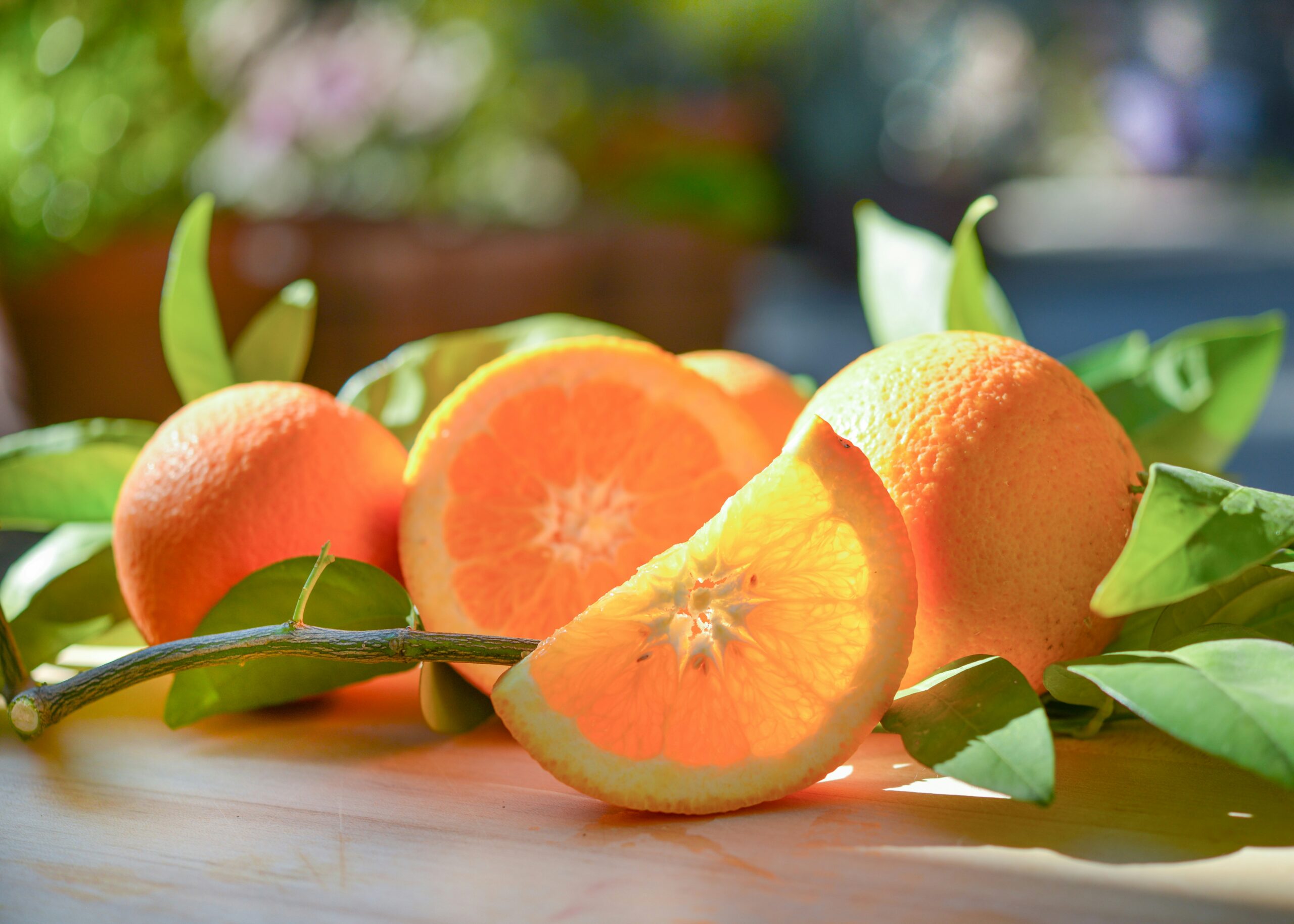Miten teelehtiä luetaan?

Tässä artikkelissa käsittelen teelehtien ääntämistä.
Monet saattavat lukea sen (chaba). Tiesitkö kuitenkin, että on myös ääntäminen ”ちゃよう” (chayou)? (Jos tiedät tämän, olet todennäköisesti mukana teeteollisuudessa.)
Itse en tiennyt lukutapaa (chayou), ennen kuin aloin opiskella japanilaisen teeohjaajan koulutusta. Muistan olleeni hyvin varovainen teetä valmistuksen ohjeistustentissä, sillä (chaba) käyttämistä (chayou) sijaan ei hyväksytty.

Alun perin (teelehdet) luettiin (chayou) käyttäen on’yomi-lukuja. Ajan myötä ääntäminen muuttui (chaba):ksi, joka yhdistää on’yomi- ja kun’yomi-lukuja (tyyppinen lukutapa tunnetaan nimellä jukugo-yomi). On useita teorioita siitä, miksi tämä muutos tapahtui, mukaan lukien yksi, joka ehdottaa, että ääntäminen (chaba) levisi laajemmin mainosten kautta.
Joka tapauksessa, koska (chayou) ei ehkä ole kaikille ymmärrettävä, on turvallisempaa käyttää (chaba):a arjessa.





